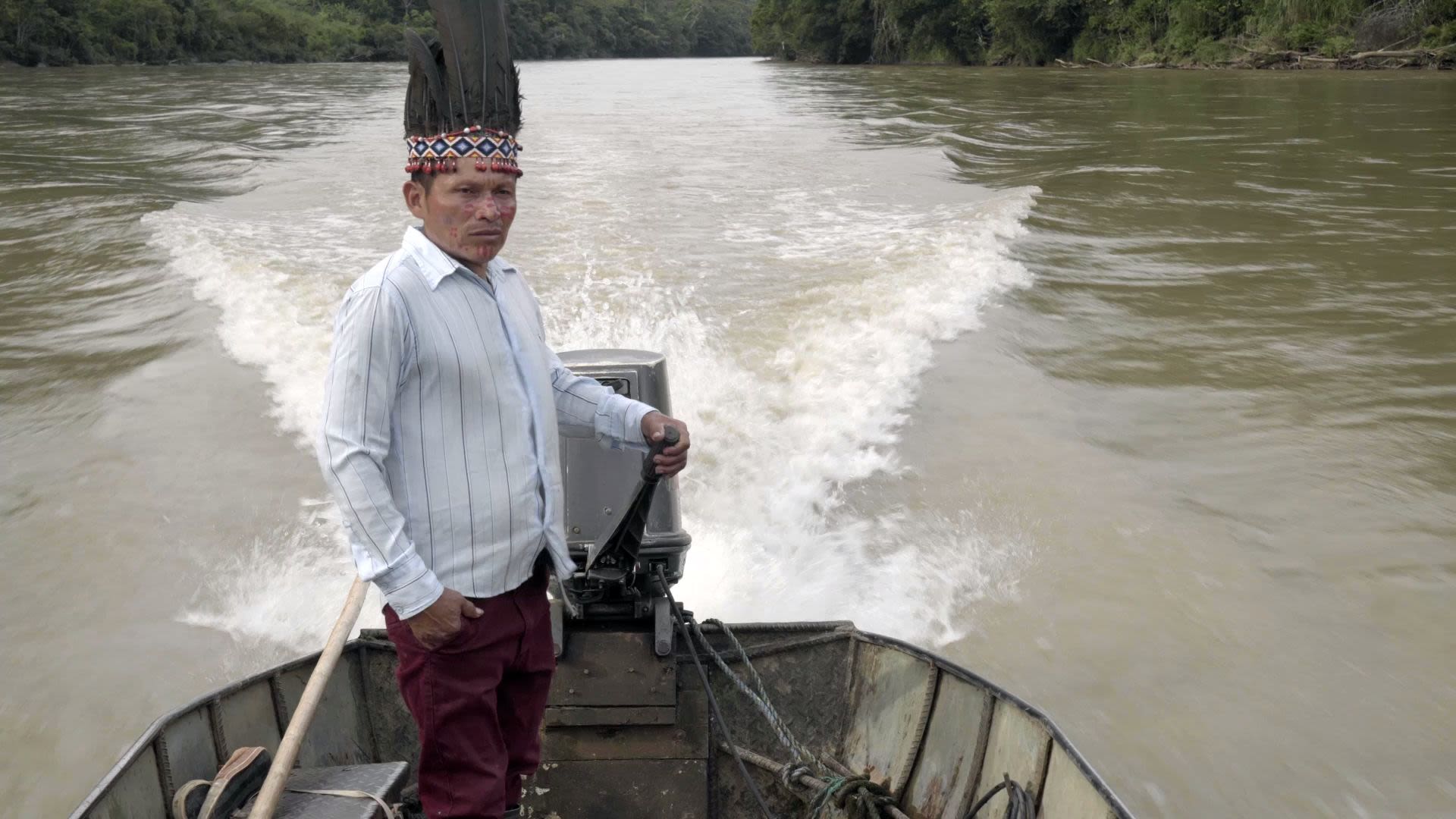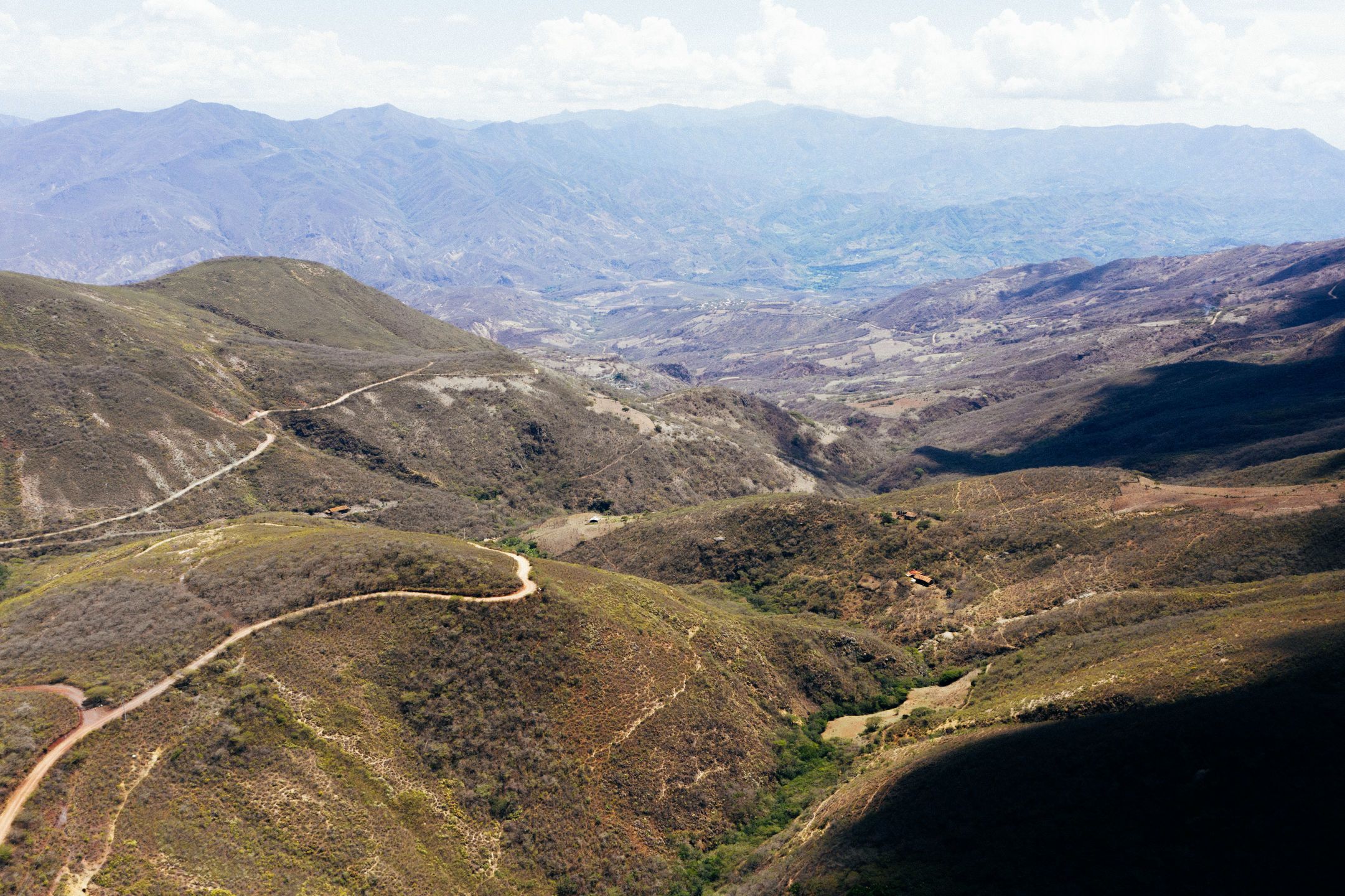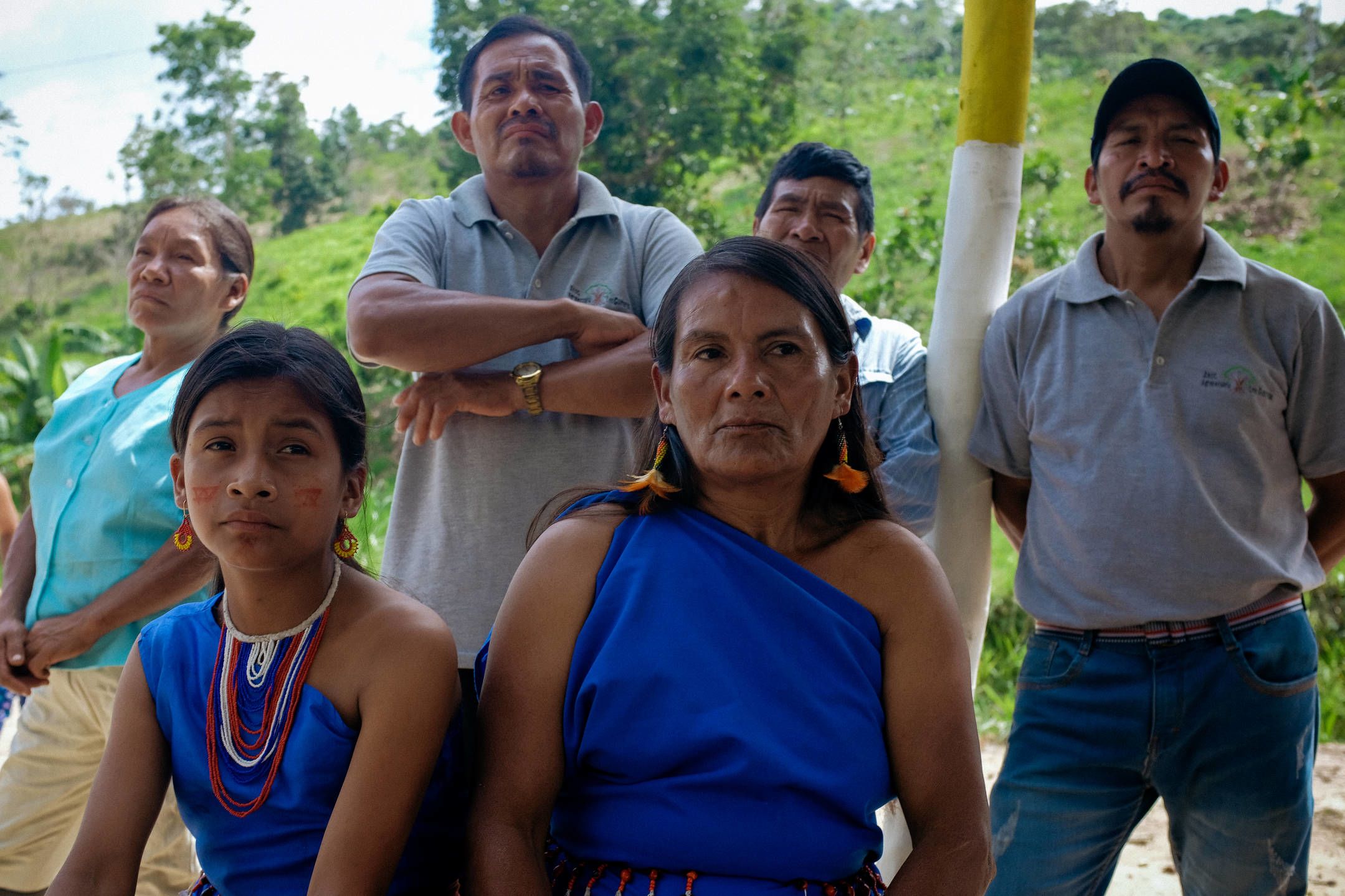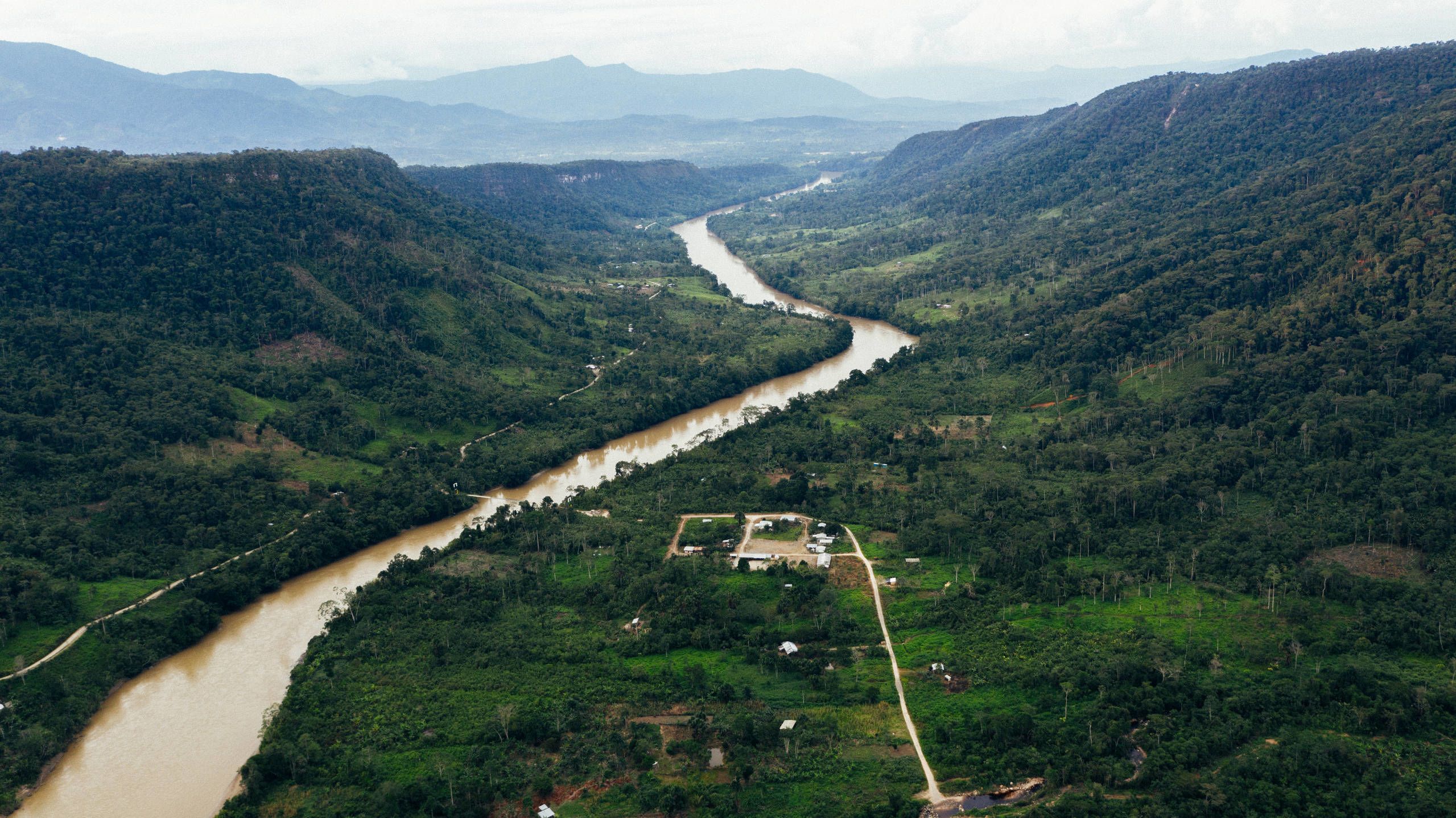Amazon indigenous peoples hold key to forest’s future

The ability of indigenous peoples to live sustainably make them key allies in efforts to protect the Amazon Forest. The key role of these Amazon communities in sustaining the world’s largest rainforest reflects the importance of indigenous peoples worldwide in maintaining pathways of life that do not overburden the planet. A recent study by the UN Food and Agriculture Organization (FAO) of 11 disparate indigenous communities across the globe finds their traditional ways of life to be “one of the most sustainable, self-sufficient and resilient on the planet.” It singles out their ability to produce food without depleting natural resources.
The FAO finds the world’s indigenous peoples, numbering about 478 million, are under increasing pressure to abandon generationally refined ways of sustaining themselves by working with nature, rather than against it. But if we are to keep the chance to learn sustainable ways of how to live more closely with nature from indigenous communities, we need to act quickly as their own natural environments are coming under increasing pressure.
Two key factors threatening indigenous peoples’ traditional lifestyles are accelerating climate change and economic pressure. Endeavours to bolster the ability of indigenous communities to act as natural custodians need to account for both. That is why GCF’s support for climate measures focusing on indigenous peoples places equal importance on natural and social sustainability. Efforts to reduce emissions and enhance climate resilience by protecting nature that leave local people poorer will not last the distance. Indeed, in fulfilling its role as the world’s largest dedicated climate fund, GCF places the protection of people’s livelihoods at the centre of all its support for developing countries’ climate action.
The ability of indigenous peoples to live sustainably make them key allies in efforts to protect the Amazon Forest. The key role of these Amazon communities in sustaining the world’s largest rainforest reflects the importance of indigenous peoples worldwide in maintaining pathways of life that do not overburden the planet. A recent study by the UN Food and Agriculture Organization (FAO) of 11 disparate indigenous communities across the globe finds their traditional ways of life to be “one of the most sustainable, self-sufficient and resilient on the planet.” It singles out their ability to produce food without depleting natural resources.
The FAO finds the world’s indigenous peoples, numbering about 478 million, are under increasing pressure to abandon generationally refined ways of sustaining themselves by working with nature, rather than against it. But if we are to keep the chance to learn sustainable ways of how to live more closely with nature from indigenous communities, we need to act quickly as their own natural environments are coming under increasing pressure.
Two key factors threatening indigenous peoples’ traditional lifestyles are accelerating climate change and economic pressure. Endeavours to bolster the ability of indigenous communities to act as natural custodians need to account for both. That is why GCF’s support for climate measures focusing on indigenous peoples place equal importance on natural and social sustainability. Efforts to reduce emissions and enhance climate resilience by protecting nature that leave local people poorer will not last the distance. Indeed, in fulfilling its role as the world’s largest dedicated climate fund, GCF places the protection of people’s livelihoods at the centre of all its support for developing countries’ climate action.

We should avoid taking an overly romantic view of indigenous people as protectors of the planet somehow removed from modern change. Indigenous peoples also need to earn a living. Indigenous farmer and community leader Hugo Vicente Ushpa cut down trees in the Amazon forest to plant cash crops and raise cattle when he first came to live with his family in south-eastern Ecuador’s El Pangui district nearly 10 years ago.
“When I first arrived here, it was a truly beautiful place.”
“When I arrived, there were forests, there were woods. But I liked to cut back a little to grow cacao, cassava, banana. While I had to cut down some of the forest, I also felt sorry for what I had to clear.”
Ushpa could appreciate the beauty of the Amazon. But as a caring father, he wanted to generate a reasonable income so that his son and only child could receive a good education that provided a path for him to follow Ushpa’s dream to become an engineer. The farmer, in his early 40s, of the Shuar indigenous group is not alone.
A GUIDE TO THE GCF
The Green Climate Fund (GCF) is the world’s largest dedicated climate fund. GCF’s mandate is to foster a paradigm shift towards low emission, climate resilient development pathways in developing countries. GCF has a portfolio approaching USD 9 billion in projects and programmes across more than 100 countries.
It also has a readiness support programme to build capacity and help countries develop long-term plans to fight climate change. GCF is an operating entity of the financial mechanism of the United Nations Framework Convention on Climate Change (UNFCCC) and serves the 2015 Paris Agreement, supporting the goal of keeping average global temperature rise well below 2 degrees Celsius.
The imperative to make ends meet through farming is one of the reasons why close to a fifth of the Amazon rainforest has been destroyed in the past 50 years alone. In Ecuador, the expansion of frontier lands for agriculture, mostly crops and cattle, is the main cause of deforestation.
To the untrained eye, the lush Amazon mountains bordering the Zamora River which flows through Ushpa’s surrounding district seem to stretch to infinity. The myriad bird calls and green primeval setting of the trees and tangled vines which make up the Amazon, home to 10 percent of the world’s living species, creates a sense of timelessness. But look more carefully, and the signs of human encroachment become clear.
Areas cleared for cattle on the sides of the mountain are still green but treeless, and increasingly interspersed with the brown flows of erosion. It is possible to see that some of the upper mountains are completely devoid of cover. As more trees are cut down, the ecosystem is transformed into a harsher environment where the towering trees of the Amazon no longer provide shade or protect crucial regional watersheds.
The patterns of forest destruction vary across the nine countries which are home to the Amazon. An underlying theme in addressing this problem, however, is the need to provide livelihoods to people living around the Amazon to negate the need for land clearing.
In Ecuador, GCF is working with the United Nations Development Programme (UNDP) to create alternatives to livelihood dependence on measures that destroy the environment. GCF is providing funds for local people such as Ushpa to enhance their agricultural practices. This improves their incomes and reduces the need to gouge out parts of the Amazon. This support is particularly welcomed by the many indigenous peoples, like Ushpa, who want to pass on their role in protecting the forests to future generations.
“Of course, something must be done about reforestation, because sometimes when you almost cut away everything, the sky is left too open and too much sun comes through,” he said. “We then begin to be hit by illnesses. I cut the trees down, and now you can see this area is collapsing. I would have been better off not to do anything. So, I am not clearing anymore, I am conserving.”
Ushpa has been able to shift his livelihood from one based on natural exploitation to conservation thanks to a GCF-financed project which includes employing Ecuadorian agricultural experts to provide cultivation advice to farmers. In Ushpa’s case, this means making more money by improving the cultivation of his lowland cacao plants rather than clearing the forested mountains. He has improved his ability to prune and fertilise cacao bushes to achieve much higher crop yields, while also enhancing the treatment of cacao nuts after they are gathered to increase their market value.

Placing indigenous peoples at the centre
Indigenous peoples are key in many GCF-funded climate projects. Their participation is important to enable contributions from the wisdom inherent in their knowledge systems, while also ensuring climate action does not marginalise indigenous peoples and their rights. This approach accords with the United Nations Framework Convention on Climate Change (UNFCCC) that recognises the importance of engaging with indigenous peoples in climate change policies and actions.
GCF’s policy on indigenous peoples recognises they often have identities and aspirations that may be different from mainstream groups in national societies. These differences can lead to them being disadvantaged by traditional models of development.
GCF’s Indigenous Peoples Policy ensures that decision making to advance climate action in GCF projects recognises their unique place in society. The policy is part of broader organisational safeguards that ensure GCF’s climate finance does not damage local communities or ecosystems but instead strengthen contributions from indigenous peoples.
While the safeguards are designed to ensure no harm is done, GCF funding also seeks to enhance indigenous peoples’ ability to deal with climate change. You can find more about the important place of indigenous peoples in GCF’s climate finance support here.
These small-scale efforts belie the importance cumulative measures to halt deforestation have in stopping the planet from cooking. Measurements in the latter part of the last decade showed that if tropical deforestation was a country it would rank third in carbon dioxide-equivalent emissions, only behind China and the United States. Despite international efforts, the alarming loss of tropical primary forests has continued. The world lost a football pitch of primary rainforest every six seconds in 2019, while primary forest loss was 2.8 percent higher in 2019 than in 2018.
Disturbingly, recent analysis shows the world’s tropical forests are losing their ability to remove CO2 from the atmosphere, mainly because of deforestation. This has wide implications, as about 30 percent of greenhouse gas emissions from human activity are absorbed by land cover – making it a potentially important carbon sink. Tropical tree cover alone could provide 23 percent of the climate mitigation needed over the next decade to meet goals set in the Paris Agreement, according to one estimate.
There are now concerns that, added to the threat of deforestation, climate change itself could spell the end of the Amazon. With some climate models suggesting that by the year 2050, temperatures in the Amazon will increase by 2–3°C, there is a fear the rainforest will reach a tipping point where Amazonian forests die and are progressively replaced by fire-prone bush and savanna.
Indigenous peoples are playing a key role in preventing this from happening. A recent study shows that indigenous lands and protected areas in the Amazon contribute far less to climate change than areas in other parts of the world’s largest rainforest – they account for only 10 percent of carbon emissions while covering 52 percent of the region. The World Resources Institute has found that In the Amazon, deforestation rates (along with corresponding forest carbon emissions) are two to three times lower in legally recognised indigenous territories compared to lands outside them.
Patricia Serrano, the manager of PROAmazonia - a national programme designed to protect the Ecuadorian part of the Amazon - said about 47 percent of Ecuador’s forests are located within indigenous territories.
"Indigenous peoples and nationalities of the Ecuadorian Amazon play an essential role in forest conservation as they are the ones who know first hand the challenges that must be addressed in forest conservation.”
“They are also beneficiaries of the ecosystem goods and services and play a vital role in ensuring forests continue to offer society a constant source of food, medicine, water, as well as climate regulation and sustainable economic alternatives." said Serrano.
PROAmazonia was set up in 2017 to conserve and restore the forest through strengthening land planning and supporting deforestation-free and sustainable natural resource production – while upholding social and environmental safeguards that include extensive consultations with those who live in and around the Amazon. Its establishment was part of Ecuador’s implementation of national policies, programmes and projects that have reinforced legislation contributing to the reduction of national deforestation rates during the past two decades.
Supported by the UNDP, PROAmazonia is led by Ecuador’s Ministry of Environment, Water and Ecological Transition (MAATE) and its Ministry of Agriculture and Livestock (MAG). GCF is aiding PROAmazonia’s work through its project to support sustainable agricultural practices that have benefitted Ushpa, and restore degraded ecosystems, as well as making REDD+ results-based payments - recognising Ecuador’s past ability to reduce its emissions through reduced deforestation.
Matilde Mordt, UNDP’s Resident Representative in Ecuador, said the role of indigenous peoples has been vital in the success of Ecuador´s REDD+ Action Plan. “Without their participation, involvement and leadership, the actions implemented will not have a lasting impact,” she said.
GCF is working closely with UNDP to ensure that messages learned in Ecuador can be shared with other endeavours empowering indigenous peoples to save forests and combat global heating. “The worldview of Amazonian indigenous peoples and nationalities emphasises the interdependency between people and nature, which is crucial to opt for alternatives that promote forest conservation and combat climate change,” said Mordt.

How GCF is helping save forests
GCF acknowledges the crucial role protecting forests plays in the fight against climate change - both by reducing emissions and enhancing climate resilience. To guarantee a safe future, we need to ensure the world’s forests act cumulatively as a vast sink storing carbon dioxide. We cannot allow current deforestation trends turn them into net emitters of greenhouse gas. The way that standing forests help to regulate global and regional weather patterns and sustain the human, animal and plant lives that rely on them is also a key component of climate resilience.
The climate finance GCF directs towards land-use, forests and ecosystems is one of four transition areas on which we base our support for climate action in developing countries. The others are the built environment; energy and industry; and human security, livelihoods and wellbeing.
GCF has invested USD 1.3 billion in 51 forest and land use projects across the planet. That figure is sure to grow as the world’s largest climate dedicated climate finance fund continues to expand its portfolio of support for climate action in developing countries. GCF is contributing to shift the paradigm in the forest and land use sector by financing forest protection, forest restoration, and sustainable forest management. Assistance in these areas is designed to increase carbon sequestration and storage, and to enhance climate resilience, while maintaining economic productivity.
Many deforestation drivers are linked to private activity, especially agriculture and timber. That is why GCF is helping to realise the potential of REDD+. This is a UN-supported accounting and funding mechanism which supports developing countries’ efforts to Reduce Emissions from Deforestation and forest Degradation, and (the +) foster conservation, sustainable management of forests, and enhancement of forest carbon stocks.
GCF is providing financial support for REDD+ results-based payments. REDD+ can act as a viable form of funding for developing countries as alternatives to the economic benefits of forest clearing. Our direct financing of forest projects demonstrates the possibility of using innovative ways for more sustainable land management and establishing livelihood alternatives for people living in and around forests, including many indigenous peoples.
GCF continues to expand its forest sector investments, particularly in Latin America and the Caribbean, Africa and the Asia-Pacific region. You can find out where GCF’s current forest and land use investments are targeted here.
The extent that indigenous peoples’ daily lives incorporate forest preservation will continue to play a major part in deciding whether national and international efforts to save the Amazon are successful. Martha Antuash Jempe, another community leader living near Ushpa in El Pangui district, sees a healthy Amazon as essential in maintaining the health of her fellow Shuar people who live there.
She worries that clearing forests causes new illnesses among members of her community, while also reducing her own ability to use native Amazon plants to cure therm. Martha, in her mid 60s, is a well-known local healer. She has been passing on her medicinal knowledge to her eight children, including the ability to identify over 100 Amazon plants which are believed to treat a wide variety of sicknesses. Martha’s 35-year-old daughter, Narcisa Antuash, said she has used this knowledge to save the lives of many local children – after embracing traditional healing following the death of her own baby at a hospital from a respiratory illness several years ago.
Martha sees the identity of her indigenous community to be integral with that of the Amazon.
“Of course, there is going to be a forest. Why wouldn’t there be a forest? We are defending it. If we are not defending it then, yes, the forest could end.”
The extent that indigenous peoples’ daily lives incorporate forest preservation will continue to play a major part in deciding whether national and international efforts to save the Amazon are successful. Martha Antuash Jempe, another community leader living near Ushpa in El Pangui district, sees a healthy Amazon as essential in maintaining the health of her fellow Shuar people who live there.
She worries that clearing forests causes new illnesses among members of her community, while also reducing her own ability to use native Amazon plants to cure therm. Martha, in her mid 60s, is a well-known local healer. She has been passing on her medicinal knowledge to her eight children, including the ability to identify over 100 Amazon plants which are believed to treat a wide variety of sicknesses. Martha’s 35-year-old daughter, Narcisa Antuash, said she has used this knowledge to save the lives of many local children – after embracing traditional healing following the death of her own baby at a hospital from a respiratory illness several years ago.
Martha sees the identity of her indigenous community to be integral with that of the Amazon.
“Of course, there is going to be a forest. Why wouldn’t there be a forest? We are defending it. If we are not defending it then, yes, the forest could end.”
GCF's Amazon efforts
As one of world’s largest carbon sinks/net absorbers of atmospheric carbon, the Amazon forest presents a strong case for climate finance support. GCF is financing a number of projects aimed at protecting the Amazon. This includes providing REDD+ payments for results in Brazil, Colombia and Ecuador, and our very first GCF-approved project – building wetland resilience in Peru with one of our Latin American direct access entities, Profonanpe.
Our financing of conservation efforts in the Amazon is focused on:
- Protecting forest cover to keep ecosystems healthy;
- Restoring ecosystems and land to increase resilience; and
- Sustainably managing landscapes to increase productivity.
As a strong partnership-based organisation, GCF is now exploring how to combine forces with others striving to protect the Amazon. The new generation of Amazon-focused GCF projects aims to work with partners in order to scale up regional efforts.
For example, we are working with multiple partners on a new collaborative Amazon umbrella framework. This is designed to streamline action under three interdependent pillars: landscape level climate-resilient investments, market transformations and incentives, and regional climate monitoring efforts. Keep an eye on our website and Twitter feed for future developments in this field.

















 Built with Shorthand
Built with Shorthand









